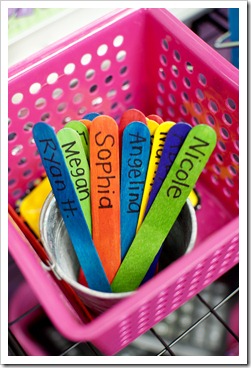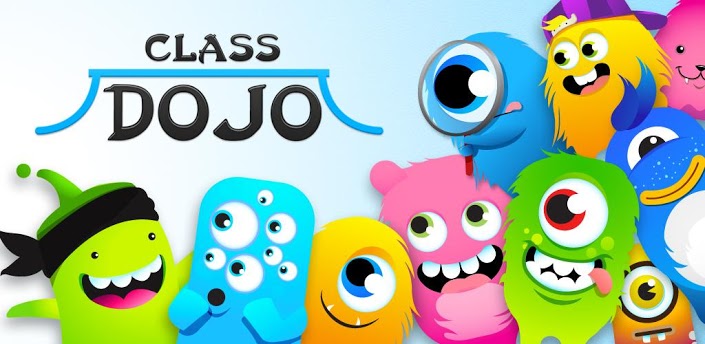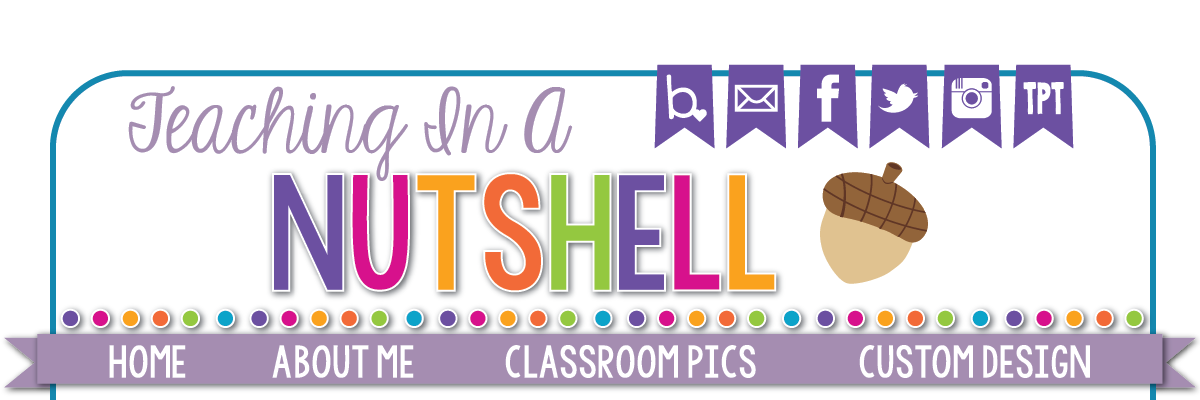What is cold calling?
So, when you visit a classroom, usually the following situation plays out: the teacher asks a question and the students raise their hand and wait to be called on to answer. That's the traditional model of how classrooms work.Cold calling is different, though. Cold calling is when you call on students regardless of whether or not they are raising their hands. Sometimes the teacher may specifically call on a certain student who she hasn't heard from in a while, or the teacher may choose a method to randomly select a student to answer. In a class where cold calling is used often, you may never see students raise hands to answer a question because they're so used to being randomly called on. Of course, kids may raise their hands for other reasons, but not that.
Why doesn't everyone cold call?
I use cold calling in my classroom. Some teachers who visit are not super excited about it. When I've talked to them about it, I usually hear stories about an uncomfortable experience they had when they were younger when they were called on without warning. Then they say that clearly cold calling isn't good for all students because it wasn't good for them. Just because it takes someone out of their comfort zone, does not mean that cold calling is bad.Really though, if a teacher really understands how to use cold calling in their classroom, the students shouldn't feel uncomfortable. I mean, maybe for the first few days when they're just getting used to it they would, but eventually it becomes routine. Just like any new thing you introduce to your class. A teacher who uses cold calling the right way knows how to alleviate the discomfort for even the most shy of students.
What are some benefits?
The biggest benefit is that you get to hear from all of your students. No more having a handful of students dominate all the conversations. Once your students know that this is how answering questions is going to work in your classroom, they accept that they're going to need to participate. It also raises the expectations for all students. It helps keep your expectations high. The students know they need to be paying attention because they may be called on at any time. Another benefit is that you're able to get a little more formative data on students who may not normally hear from.How does it work? (tips + strategies)
First off, let me say that I don't do this all day long. That would be maddening. There are times that we do turn and talks and I hear a specific group give a great answer. I want to hear from them. I'm not going to leave it up to chance. There are times during the day that a kiddo is really excited to share an answer that they came up with. I'm fine calling on them. There are times when that one kid raises his hand - you know the one who never raises his hand. I could be in the middle of randomly selecting kids and I'd still stop and let him share his answer! There's a place for cold calling and below are some tips that I'd suggest using to help make it successful for both you and the students.- Use a tool to help decide who to call on. I've included a list of different options below. I've started using calling cards this year, and I absolutely love them!
- Do turn & talks more often. This helps ease some of that anxiety for your shy students and helps them prep to give an answer in case you call on them.
- Make students share an answer if called on. Have a system in place for what happens if a student doesn't know the answer. In my classroom, I tell them I'm going to call on a few more kids and then come back to them. I also reassure my students that they're able to repeat the same answer as someone else if need be.
- When needed and if possible, let certain students know in advance that they are going to be called on soon. This can also help ease nerves.
What are some tools I can use when cold calling on students?
 |
| Photo cred: The First Grade Parade |
Popsicle Sticks
If you haven't heard of using popsicle sticks to call on students, you may be a new teacher. Most teachers use these. It's cheap. They're quick to use. I'm not going to talk about them a lot. I used to use them until I found other alternatives that I like better. Nothing wrong with them, though, if it's what you want to use.
Cards
I learned about these at a conference over the summer during a workshop with Rick Morrison. This is what I currently use. They are amazing! If you're interested in using them, you can use index cards or you can use these cute cards that you can customize with your kiddos' names. They work the same as popsicle sticks, but they're a bit more compact. Because of that, it's easier to have multiple sets for different subjects. You can also write notes on them about the student you called on to keep track of a little formative data.
Another thing that I really like about them is that it's easy to keep track of which student is coming up next or after that. You can kind of fan the cards out for a preview of what's to come which helps you ease those more nervous students' minds.

Class Dojo
I don't know if you use Class Dojo in your room, but if you don't, you should definitely check it out! Class Dojo has a random button which allows you to randomly select a student in your class. It also has an attendance feature so that no absent students are ever selected. Pretty convenient. I use this if I'm trying to pick a volunteer more so, but every so often, I'll use it for cold calling.
iPad app
My personal favorite iPad app for cold calling is Decide Now. I originally found it when I was trying to recreate the Riff-Off wheel from Pitch Perfect. Luckily! After spending a few minutes playing with it, I realized that it could be super useful in the classroom, too! There are tons of apps, though, for making random selections. Do you have any favorites you'd like to share?




